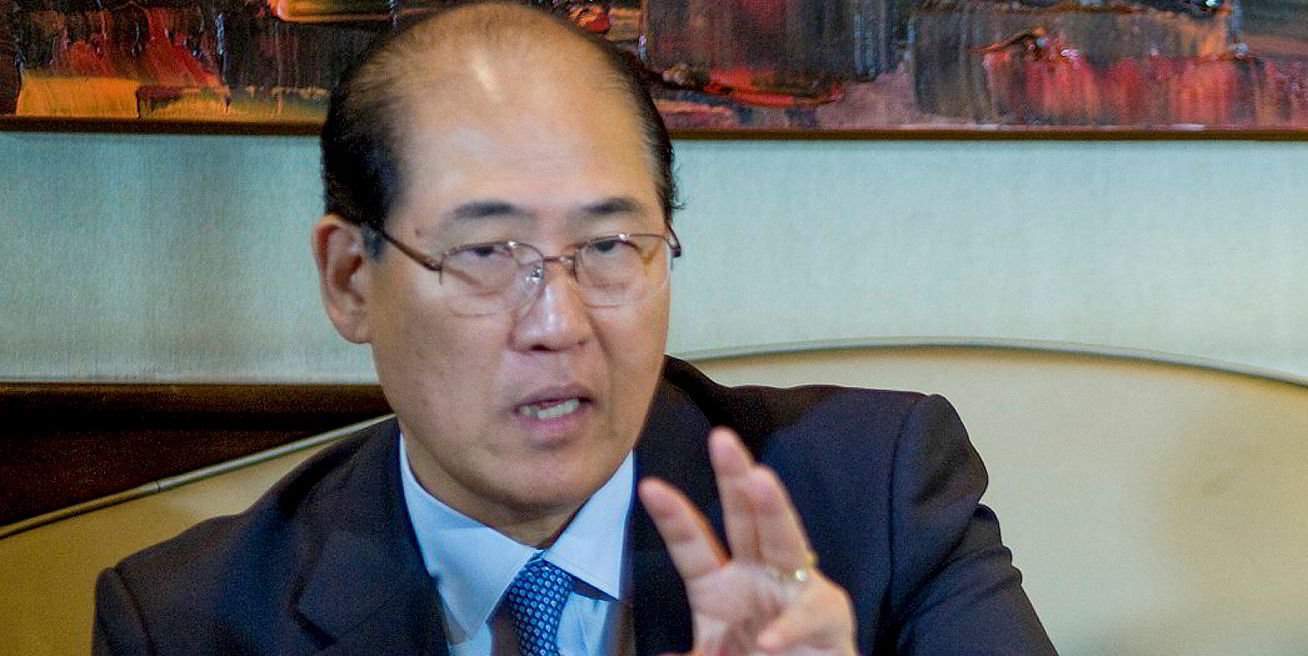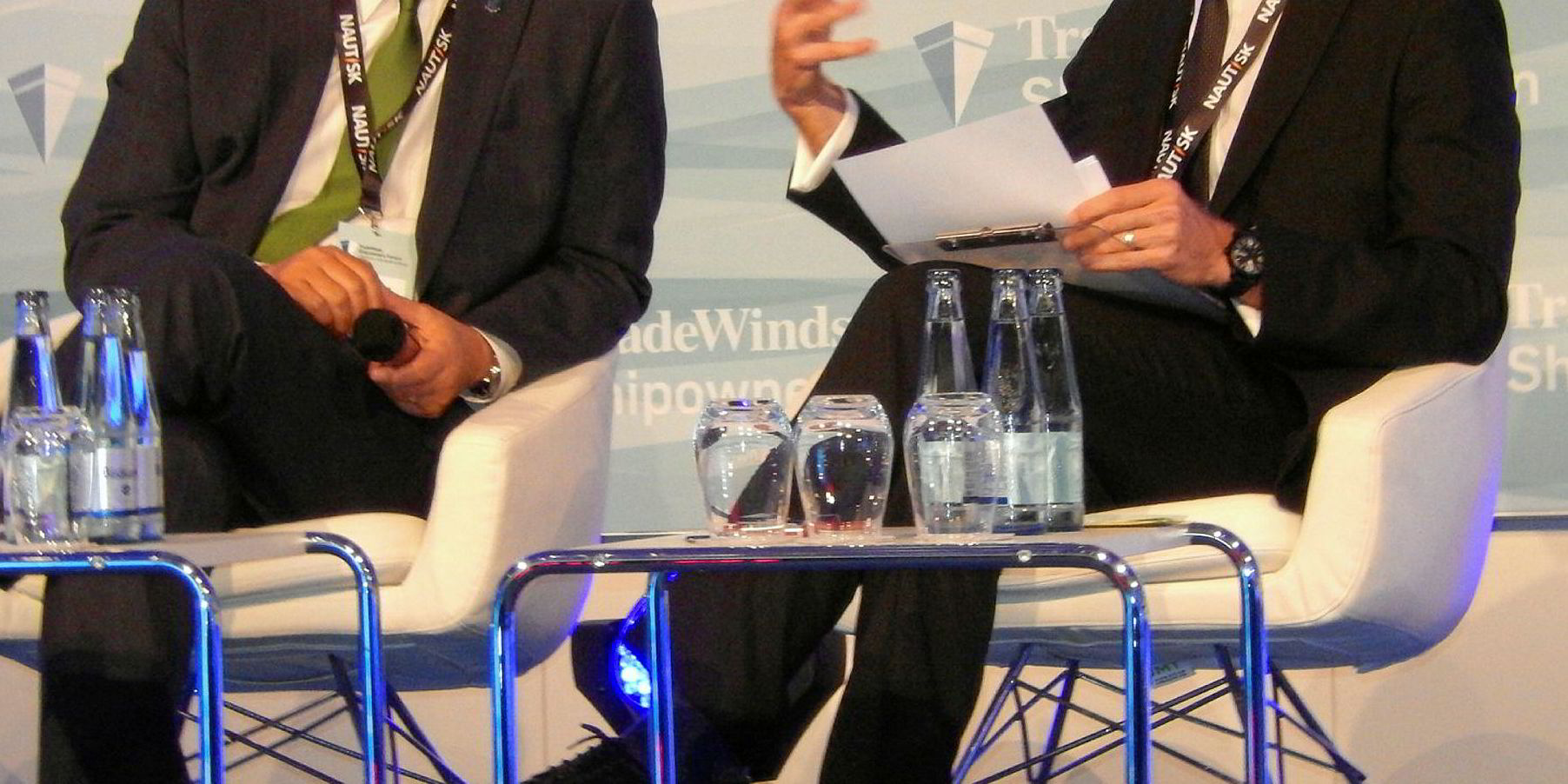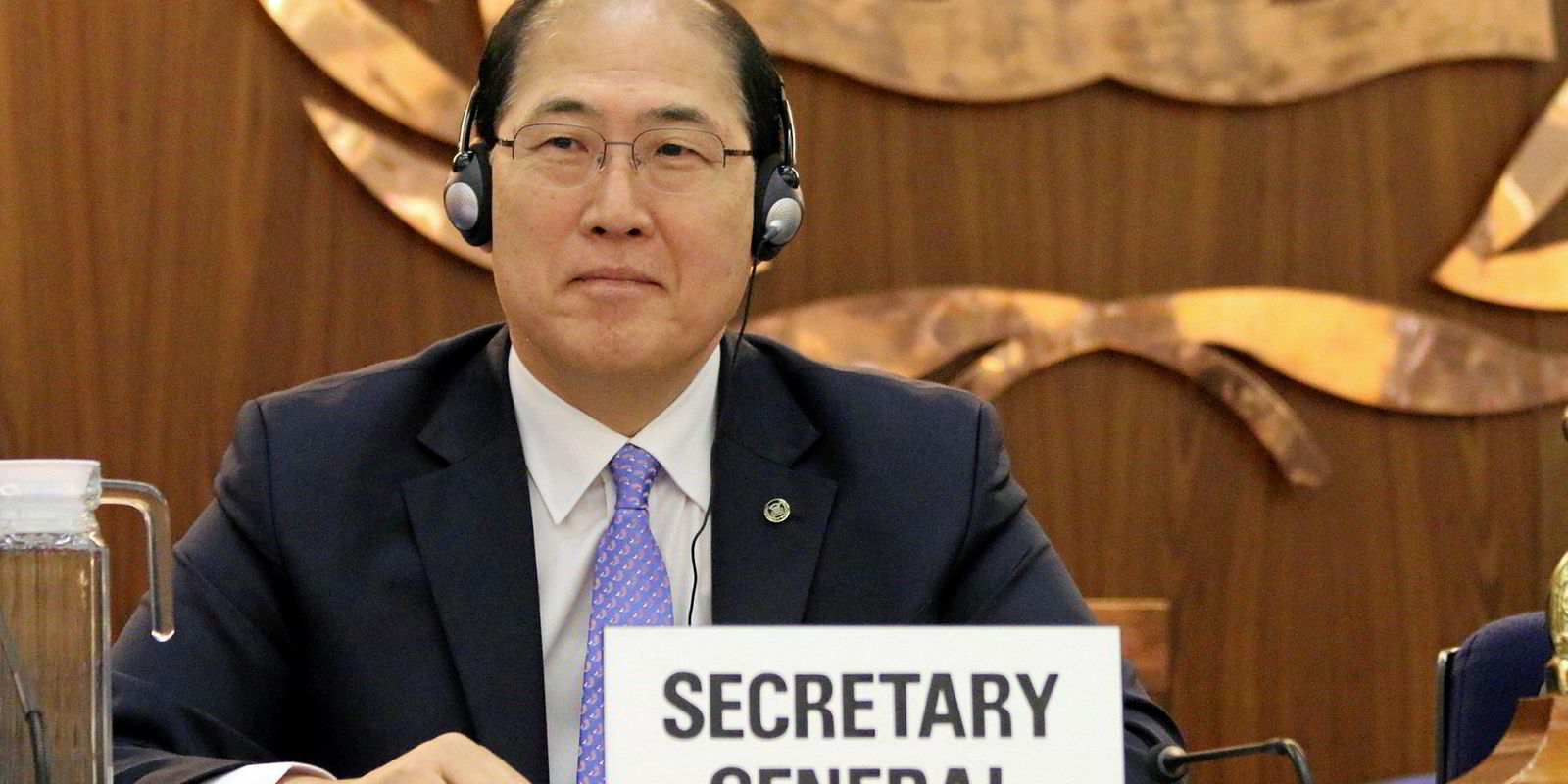The IMO has vowed to push ahead with its decarbonisation efforts but promised to consider mitigation measures to ease the financial burden on the shipping industry.
In April, member states of the UN body agreed to reduce greenhouse gas emissions from maritime transport by at least 50% by 2050 when compared with the 2008 level.
“The focus now is to develop an action plan to implement the strategy. We need to continue the trend set last April and to maintain momentum,” IMO secretary-general Kitack Lim said at a UK Chamber of Shipping event.
“We need to enhance cooperation and partnership.”
Further discussions over the action plans are set to take place during the next IMO Marine Environment Protection Committee session, which will be held during 22-26 October.
To achieve the target, measures including carbon pricing, new shipbuilding rules and alternative fuels have been advocated, among others.
According to DNV GL, the IMO may consider national action plans and review Energy Efficiency Design Index by 2023, establish new mechanism for emission reduction by 2030 while zero-carbon fuels could be needed by 2050, among other measures.
However, Lim said he recognised the shipping industry already faced additional costs in complying with new environmental regulations, even as freight markets remained largely lacklustre amid overcapacity since the 2008 financial crisis.
Those include lower sulphur limits in bunker fuels from 2020 and the Ballast Water Management Convention (BWMC), which require shipowners to invest more in green initiatives, he added.
With many owners still suffering from financial issues, Lim said: “The IMO, as a whole, will continue to consider as much as possible to reduce unnecessary burden and to reduce impact on the industry.”






